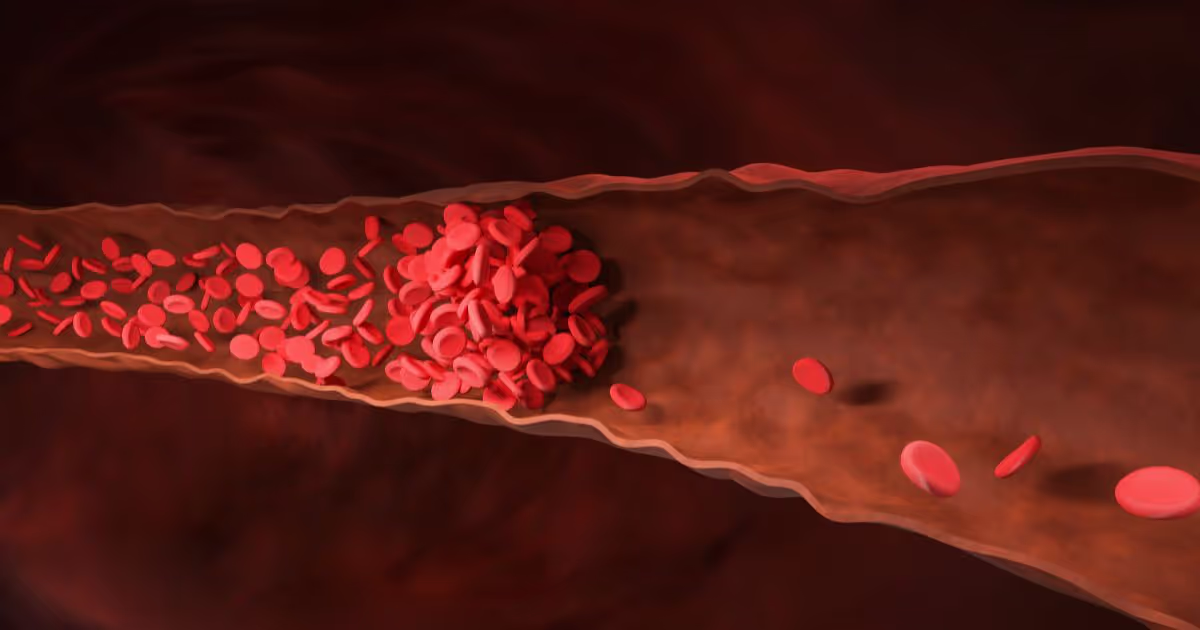Headache Caused by Cerebral Venous Sinus Thrombosis
Headaches are one of the most common ailments people experience, ranging from mild discomfort to debilitating pain. It can occur on one or both sides of the head, radiate into the eye sockets, or affect the entire face. While there are numerous underlying causes of headaches, one potentially serious but lesser-known condition is a blood clot blocking a venous sinus of the brain, known medically as cerebral venous sinus thrombosis (CVT).
Dr Chutanat Yotsarawat, a neurologist specializing in brain and nervous system disorders, sheds light on this condition and discusses current treatment approaches.

Understanding Cerebral Venous Sinus Thrombosis
Cerebral venous sinus thrombosis (CVT) is a condition in which a blood clot obstructs a dural venous sinus of the brain. It can lead to permanent disability or even death. Dr. Chutanat explains.
“The venous sinus system in the brain drains deoxygenated blood after flowing past brain cells, which is high in carbon dioxide and metabolic waste products and returns it to the lungs for purification. Once reoxygenated and enriched with essential nutrients, it recirculates via cerebral arteries to nourish the brain.
“When a venous sinus in the brain becomes blocked, the deoxygenated blood cannot flow out to be purified by the lungs. Blockage causes a buildup of pressure within the veins. In some cases, the pressure can rise to the point that it increases intracranial pressure.”
This increased pressure inside the skull can damage brain tissue and often manifests as progressively worsening headaches.
Recognizing Headaches Due to Cerebral Venous Sinus Thrombosis
The headaches caused by elevated intracranial pressure usually include blurred vision, altered consciousness, and cognitive impairment. In some cases, patients may also experience loss of balance, seizures, or even a complete loss of consciousness.
“If the clot is small or affects only minor venous sinus channels, patients may experience vague, nonspecific headaches, often resembling tension-type headaches or even migraines. However, if the blockage is extensive, the headaches may be acute, severe, persistent, and localized to a specific area. It typically worsens when lying down, and patients may find themselves awakened in the middle of the night due to the intensity of the pain.”
Dr. Chutanat adds that these headaches may improve when the patient sits up, but coughing, sneezing, straining during bowel movements, or physical exertion will exacerbate the pain. Patients may develop muscle weaknesses, facial droops, slurred speech, and other symptoms described earlier.
Who Is at Risk of Cerebral Venous Sinus Thrombosis?
Those at increased risk of developing cerebral venous thrombosis include pregnant women, individuals using hormonal therapies or oral contraceptives, those who have recently experienced trauma or undergone surgery, patients with active infections, cancer, or a history of substance abuse, and individuals with underlying clotting disorders. If you suspect you may be at risk or are experiencing concerning symptoms, consult a doctor for medical imaging studies, such as a CT scan or MRI of the brain, to assess the lesion and severity of the thrombosis.
How Is Cerebral Venous Sinus Thrombosis Treated?
The primary treatment for cerebral venous sinus thrombosis involves the use of anticoagulant medications to dissolve the clot and address the underlying cause. For instance, if the patient is using hormonal therapy or illicit substances, discontinuing these agents is essential.
In more severe cases, such as those involving brain swelling or intracranial hemorrhage, treatment becomes more complex. Doctors may consider mechanical thrombectomy to remove the clot. In certain situations, surgical intervention may be necessary to relieve elevated intracranial pressure.
Recommendations While Under Treatment for Cerebral Venous Sinus Thrombosis
Patients treated with anticoagulants may be more prone to bleeding and take longer to stop. One should be extra cautious when handling sharp objects; in the event of a wound, longer direct pressure may be necessary to stop the bleeding.
It is also crucial to monitor the color of your stool. The presence of blood or black, tarry stools may indicate gastrointestinal bleeding and warrants immediate medical attention. Additionally, patients with comorbidities should inform their doctor that they are currently on anticoagulant medication.

Cerebral venous sinus thrombosis is a serious condition that may initially present as a seemingly ordinary headache. For this reason, individuals experiencing unremitting headaches should pay close attention to any accompanying symptoms. If there is any suspicion of a blood clot, it is essential to consult a neurologist promptly for accurate diagnosis and timely treatment.



